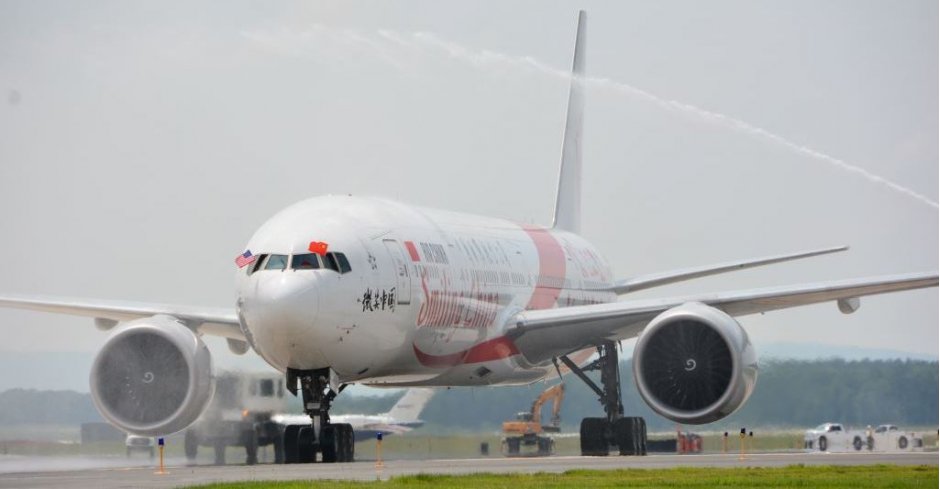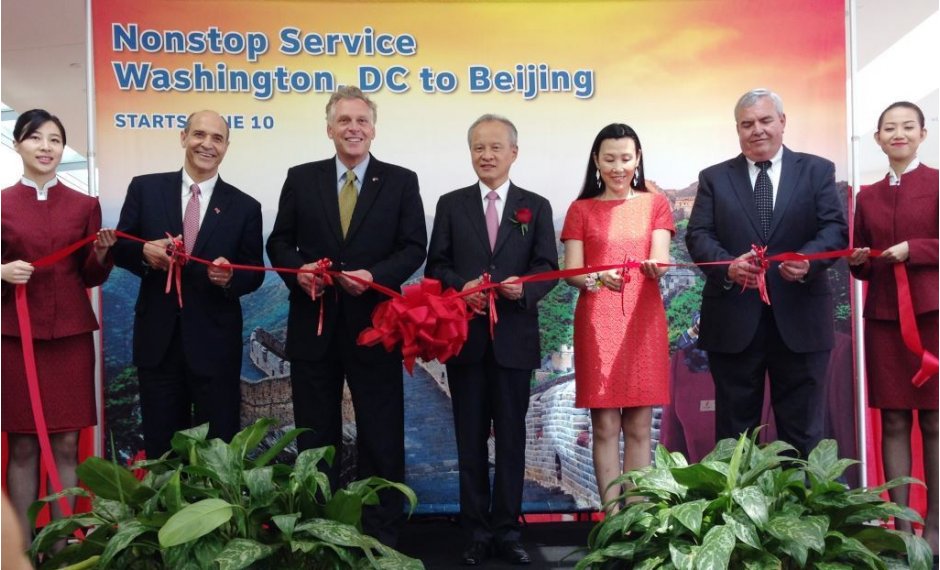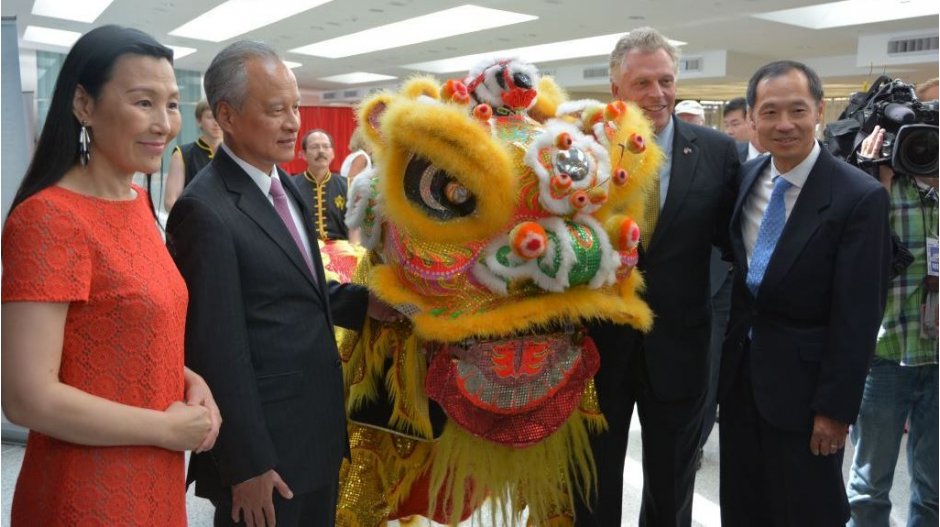After expanding its network in North America over the past two years, Air China is likely to consolidate its position in the market over the next year as it awaits the arrival of its first Boeing 787 Dreamliners. The modern generation aircraft are already being earmarked for the next phase of the Chinese carrier’s expansion in the US and Canadian market due to their greater operational efficiency.
This month Air China has added its latest US destination to its network after inaugurating flights between Beijing and Washington, its seventh destination in North America. The airline already offers flights from the Chinese capital to Honolulu, Houston, Los Angeles, New York and San Francisco in the US and Vancouver in Canada.
"We are honoured to connect the centers of government of China and the United States. We are pleased to link two of the world's greatest capital cities with our new service, providing greater connectivity to promote bilateral trade, commerce and tourism between our two destinations," said Yinxiang Wang, vice president, China National Aviation Holding Company and vice chairman, Air China.
The four times weekly route launched on June 10, 2014 and is being flown by a Boeing 777-300ER. The inaugural flight arrived at 2:35 PM EDT on June 10 and was greeted with a traditional water arch salute. For an auspicious beginning, Chinese lion dancers drummed and danced in and around the departures level of the main terminal of Washington Dulles where a ribbon-cutting ceremony was held. You can see some photographs of this below…



Air China has significantly developed its North American operations over the past couple of years. Last year it added Houston to its network and began to introduce its new 777 aircraft onto its schedules into the region. From February this year its Beijing – San Francisco route became the latest to be flown using the 777-300ERs. Additionally, from March 2014, Air China boosted its Houston link from four times weekly to a daily schedule, while its Beijing – New York route also increased from eleven flights per week to a twice daily operation.
"Strong demand from business and leisure travellers to China and destinations in Asia has accelerated the implementation of our growth strategy for Houston and the south central region of the United States," Dr Zhihang Chi, vice president for North America, Air China told The HUB at Routes Americas earlier this year. "The additional flights will provide more options and flexibility to international travelers, allowing them to have more convenient connections to cities within China and beyond via our Beijing hub."
The arrival of Air China on Beijing – Washington will bring competition to a route currently served by United Airlines. The US major launched flights in March 2007 and currently offers an up to daily service. It initially utilised a Boeing 747-400 on the link but from the beginning of 2008 began also using a 777, switching permanently to the more efficient twin-engined model from October the same year. According to MIDT data, an estimated 115,000 bi-directional O&D passengers travelled on this city pair in 2013, up 5.5 per cent on the previous year. Air China already holds a 7.2 per cent share of this traffic via its existing North American schedules.
"Air China provides a new travel alternative for passengers from Washington and the People's Republic of China to maintain important governmental relationships, conduct business, promote tourism, visit family and friends and learn more about the cultures of our great countries," said Jack Potter, president and chief executive officer of the Metropolitan Washington Airports Authority.
In the analysis, below, we look at Air China’s growing capacity in the North American market and how it has helped the carrier boost its share of O&D demand between China and the US and Canada after declines at the start of the decade. The data clearly shows the reinforced commitment to this market in 2013 and the new Honolulu and Washington flights, plus the frequency growth on existing routes will see these numbers certainly rise again in 2014.






